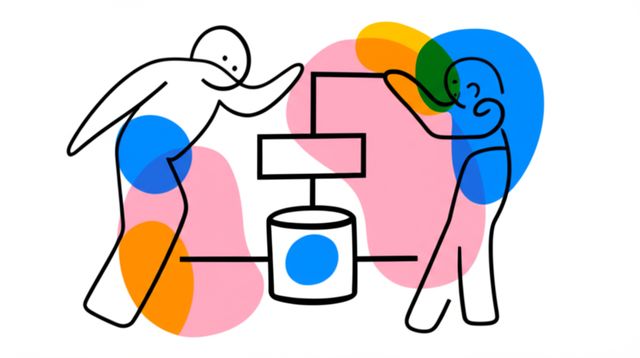Message Queues
Message Queues, a widely employed mechanism in software architecture, play a pivotal role in facilitating communication and data exchange between different components within a system, or even across multiple systems. Their primary function is to act as temporary storage for messages, ensuring reliable and asynchronous communication in distributed environments where components may operate at varying speeds, or experience intermittent connectivity issues.
Message Queue Architecture
At the core of Message Queues lies a straightforward architectural design. Messages, essentially units of data, are produced by a sender component, which places them into the queue. These messages remain in the queue until a receiver component retrieves and processes them. This decoupled approach enables asynchronous communication, allowing senders to produce messages without requiring immediate processing by receivers. Additionally, it provides fault tolerance, as messages persist in the queue even if the receiver is temporarily unavailable.
Advantages of Message Queues
The adoption of Message Queues brings forth a myriad of advantages for software systems. Asynchronous communication, a hallmark of Message Queues, enhances system responsiveness and throughput. By decoupling message production and consumption, senders can continue operating without being hindered by slow or unavailable receivers. Moreover, Message Queues offer improved reliability and fault tolerance. Messages deposited in the queue are securely stored and can be retrieved even if the sender or receiver experiences issues. Furthermore, Message Queues facilitate scalability and load balancing, enabling systems to efficiently handle varying workloads by distributing messages across multiple workers or servers.
Real-World Applications
The applications of Message Queues extend across a diverse range of real-world scenarios. They play a crucial role in building resilient and scalable systems. Some notable examples include:
- Order Processing: In e-commerce systems, Message Queues manage order processing, ensuring that orders are processed reliably even during peak traffic or system failures.
- Email Delivery: Message Queues facilitate reliable email delivery, handling large volumes of emails and ensuring that they are delivered to recipients even if the email server experiences temporary issues.
- Background Tasks: Message Queues enable efficient handling of background tasks, such as data processing or image resizing, allowing applications to initiate tasks without blocking the main execution flow.
- Event-Driven Architectures: Message Queues are fundamental to event-driven architectures, enabling components to communicate asynchronously based on specific events, fostering loose coupling and enhanced scalability.
Learning Message Queues
With the increasing adoption of Message Queues in modern software development, acquiring proficiency in this technology has become imperative for aspiring and practicing software engineers. Fortunately, online courses provide an accessible and flexible path to gaining a thorough understanding of Message Queues. These courses cover the fundamentals of Message Queues, their architecture, advantages, and practical applications. Through a combination of video lectures, assignments, and hands-on projects, learners can develop a solid foundation in Message Queues and apply their knowledge to real-world scenarios.
Online courses offer a structured and comprehensive learning experience, allowing learners to delve into the intricacies of Message Queues at their own pace. Interactive labs and assignments reinforce concepts and provide practical experience in implementing Message Queues in different programming languages and environments. By actively engaging with course materials, learners can develop a robust understanding of Message Queues and their applications in modern software development.
Conclusion
Message Queues have become an indispensable tool in the software developer's arsenal. Their ability to enable asynchronous communication, enhance fault tolerance, and facilitate scalability makes them a crucial component of resilient and scalable systems. Online courses provide a valuable avenue for individuals to acquire proficiency in Message Queues, equipping them with the skills and knowledge to leverage this technology in their software development endeavors.
Personality Traits and Interests
Individuals with a keen interest in building reliable and scalable software systems may find Message Queues to be a particularly captivating topic. Those with a natural curiosity for understanding the inner workings of distributed systems and a desire to develop robust and efficient solutions are likely to thrive in this field.
Careers
Proficiency in Message Queues can open doors to a wide range of career opportunities in the software industry. Some relevant job titles include:
- Software Engineer: Software Engineers specializing in distributed systems design and implementation often leverage Message Queues to build scalable and reliable applications.
- Cloud Architect: Cloud Architects responsible for designing and managing cloud-based infrastructures frequently incorporate Message Queues to facilitate asynchronous communication and load balancing.
- Data Engineer: Data Engineers utilizing Message Queues to manage data pipelines and ensure reliable data processing in big data environments.
- DevOps Engineer: DevOps Engineers tasked with automating and optimizing software delivery pipelines often leverage Message Queues to streamline communication and coordination between development and operations teams.


